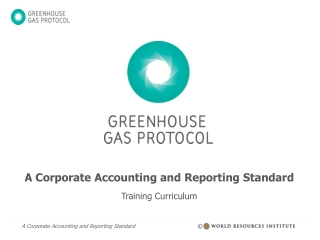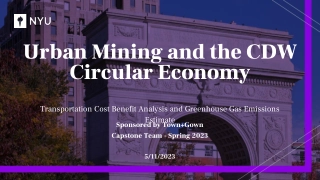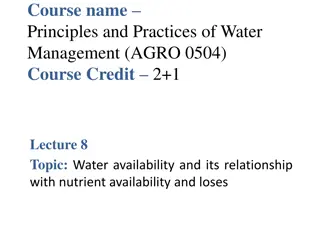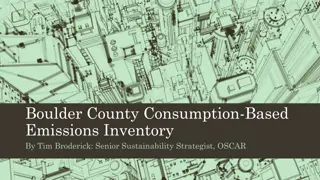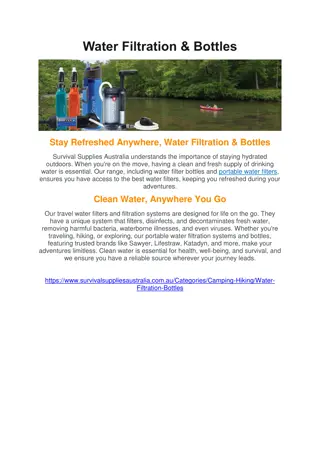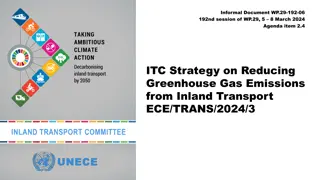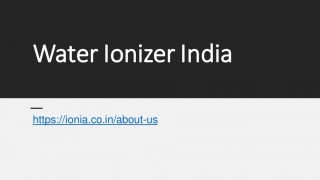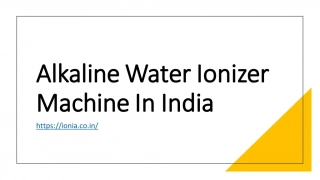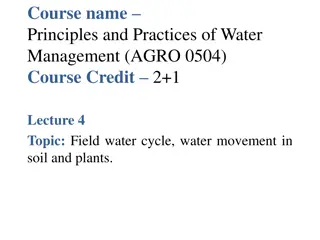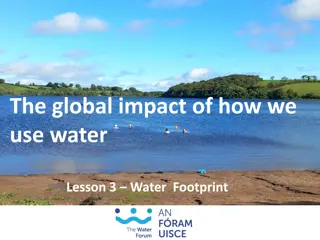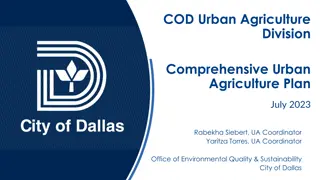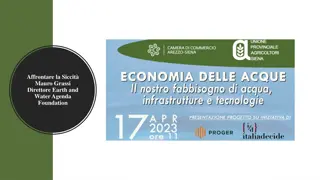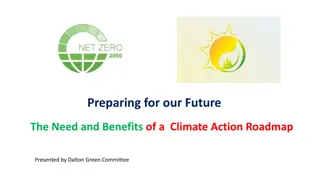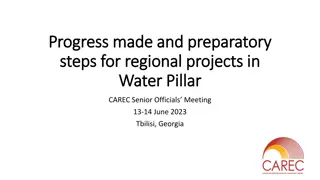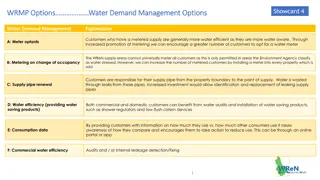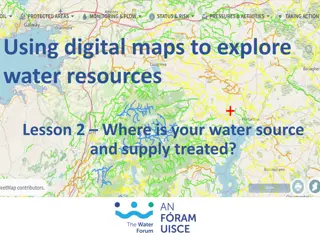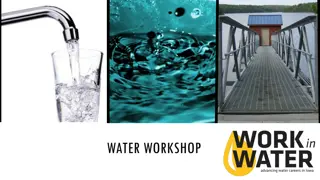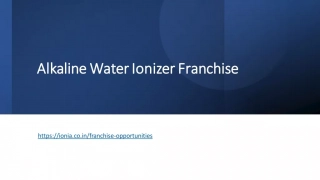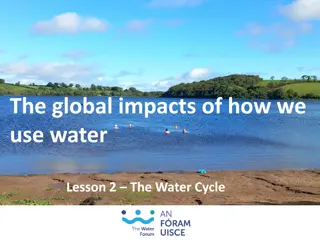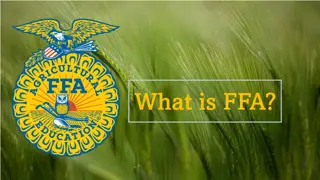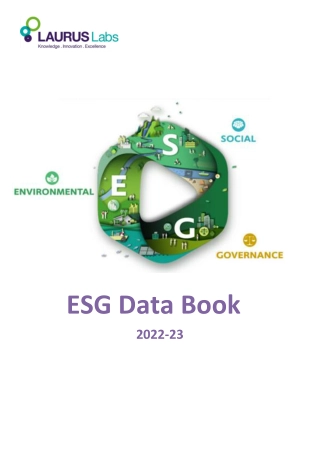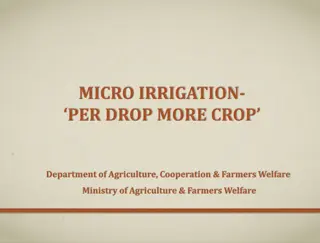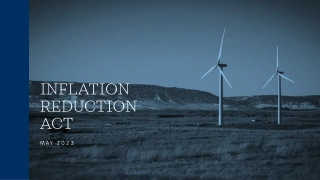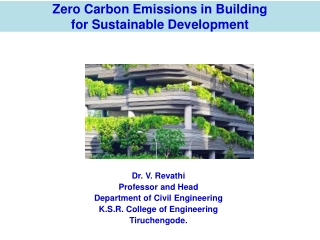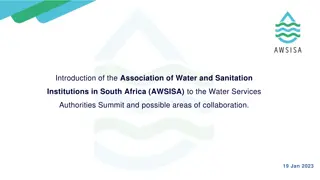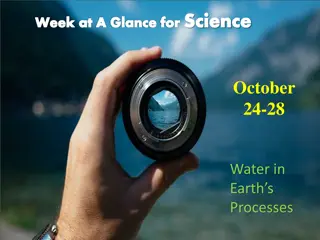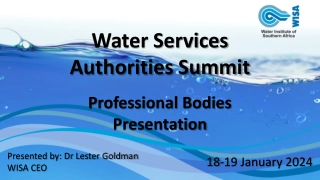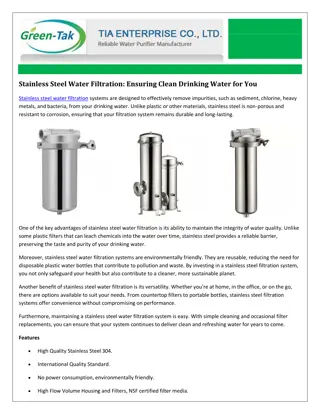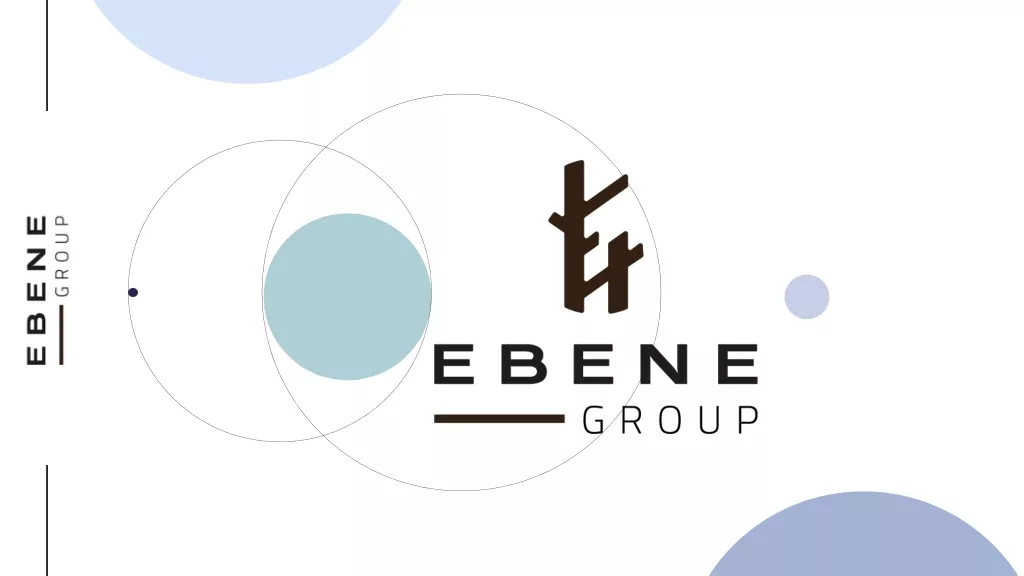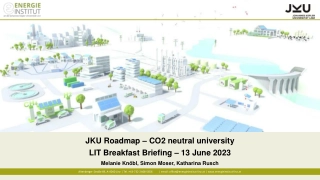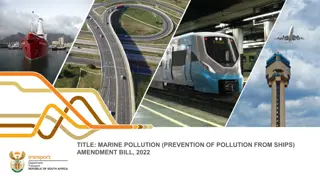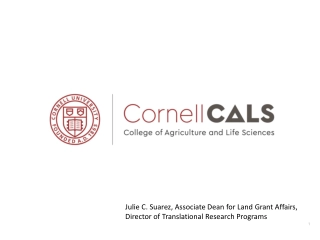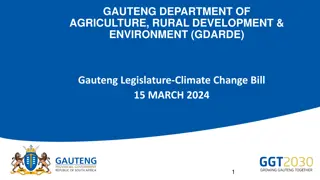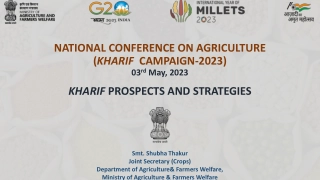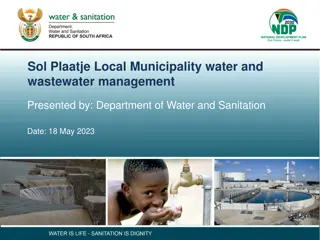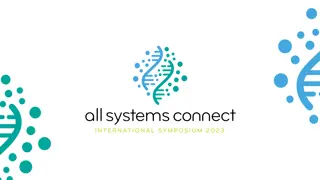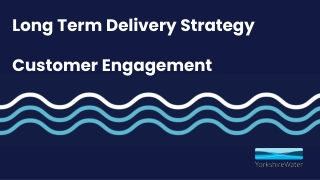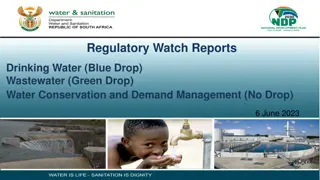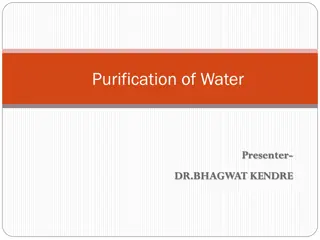Tradeoffs Between Water Savings and GHG Emissions in Irrigated Agriculture
This study examines the tradeoffs between water savings, economic impact, and greenhouse gas emissions resulting from technological changes in the irrigation industry. Key objectives include estimating water savings for different crops, quantifying GHG emissions from new irrigation technologies, and analyzing scenarios to determine the tradeoffs between water savings, economic impacts, energy consumption, and GHG emissions. The integrated modelling framework incorporates hydrological modelling, energy and GHG evaluation, whole farm GHG modelling, and integrated economic analysis to assess these tradeoffs comprehensively.
Tradeoffs Between Water Savings and GHG Emissions in Irrigated Agriculture
PowerPoint presentation about 'Tradeoffs Between Water Savings and GHG Emissions in Irrigated Agriculture'. This presentation describes the topic on This study examines the tradeoffs between water savings, economic impact, and greenhouse gas emissions resulting from technological changes in the irrigation industry. Key objectives include estimating water savings for different crops, quantifying GHG emissions from new irrigation technologies, and analyzing scenarios to determine the tradeoffs between water savings, economic impacts, energy consumption, and GHG emissions. The integrated modelling framework incorporates hydrological modelling, energy and GHG evaluation, whole farm GHG modelling, and integrated economic analysis to assess these tradeoffs comprehensively.. Download this presentation absolutely free.
Presentation Transcript
The tradeoffs between water savings and GHG emissions in irrigated agriculture Shahbaz Mushtaq, Tek Maraseni, and Kate Reardon Smith Australian Centre for Sustainable Catchments University of Southern Queensland
Presentation Outline Background, aims and objectives Methods: integrated modelling framework Results and discussions Conclusions and recommendations Further research
Background Significant concerns about the longer term impact of climate change and climate variability on water availability. Government s water and environmental policies (such as new MDB plan and water buyback) further increasing pressure on irrigators. The conversion of surface irrigation systems to more efficient pressurised systems has been heralded as an integral way of increasing water use efficiency. But pressurised irrigation technologies may increase energy consumption and greenhouse gas (GHG) emissions Policy conflicts: Water for the Future program and possible introduction of Carbon Tax/ETS
Objective To quantify the tradeoffs between water savings, economic impact and GHG emissions due to technological change in the irrigation industry o Specific objectives are: o To estimate a range of water saving for different crops using hydrological modeling; To quantify GHG emissions as a result of new irrigation technologies using both case studies & general approach; & To determine the tradeoffs between water savings, economic impacts, energy consumption & GHG emissions by developing & analyzing irrigation transformation scenarios
Integrated Modelling Framework Hydrological Modelling Energy and GHG evaluation Whole farm GHG modelling: Irrigation technology change and application Farming practices and inputs Field experiment, SWAP modelling, reviews and farmers assessment about possible water savings Integrated Economic Analysis Tradeoffs between water saving, energy use and GHG emission and economic profit Integrated framework for assessing trade- offs between water savings, economics, energy use and GHG emissions Net Present Value, Benefit Cost Ratio (BCR), and Break- even Water Savings Cost and & benefits evaluation
Application of the Integrated Framework Crop/field level approach: Focused on major crops for generalised analyses of water and energy use, productivity and economics associated with the adoption of new irrigation technologies. Farm level case study approach: Five case studies were undertaken to road test the integrated framework involving finer- scale farm-level variability and to inform the more generalised integrated analysis associated with the adoption of new irrigation technologies. National scale approach: Using more generalised outcome from crop level analysis, three nationwide irrigation scenarios were developed (without incorporating changes in inputs and practices)
KeyResults 1: Generalised Crop level Water, GHG and Economic Evaluation
Potential Water Savings Source: SWAP modelling; Khan et al. (2004a; 2008a); Khan & Abbas (2007); ACIL Tasman (2003); Rendell McGuckian (2002); Qureshi et al. (2001), Jackson (2009); Reynolds & Jackson (2007); EconSearch (2005); O'Neill et al. (2008) Harris (2007); Wood & Finger (2006); Foley and Raine (2001); DPI NSW (2010); Hickey et al. (2006)
Crop Level Summary Only changes in irrigation technology were considered. A range of water savings is achievable, with high-end savings possible with best practice management. Conversion of irrigation technology can be economically viable except in the case of grain crops. Inclusion of a GHG emission value reduces the economic gain but this was not as influential as water savings, yield gains and labour savings.
Key Results 2: Farm level detailed case studies approach
Case Study Summary Whole farm GHG modelling considers two levels of GHG impacts (i) changes in irrigation technology change ( irrigation-related emissions ), and (ii) changes in irrigation technology change plus associated changes in farming practices and inputs ( total emissions ) The use of new irrigation technologies may increase irrigation related emissions but decrease total emissions Trade-offs were apparent when conversion to the pressurised irrigation system was evaluated in terms of irrigation related emission, except when hand-shift & role-line irrigation systems were replaced with pressurised irrigation systems. But, when total emissions were considered, net reduction in GHG was observed (synergies), due to changes in the input use. N.B. reduction in agrochemical-related emissions may have been due in part to new experience with precision agriculture
Key Results 3: Nationwide irrigation transformation scenarios (without considering changes in farm level inputs)
Nationwide Irrigation Transformation Scenarios Details Scenario 1: Reducing the total area of surface irrigation systems from 44% during 2008-09 to 25% and replacing it with drip irrigation (40%) and sprinkler irrigation systems (60%); Scenario 2: Reducing the total irrigation area under old inefficient labor & energy intensive portable & hose sprinkler irrigation systems from 16% during 2008-09 to 8% and replacing it with drip (50%) & sprinkler (50%) irrigation systems. Scenario 3: Increasing the drip irrigation area on horticultural crops from 13.3% during 2008-09 to 20% of the total irrigated area.
Scenario 1: Trade-offs between water saving, energy use & GHG emissions
Scenario 2: Trade-offs between water saving, energy use & GHG emissions
Scenario 3: Trade-offs between water saving, energy use & GHG emissions
Irrigation technology transformations scenario summary Only changes in irrigation technology were considered. Two of the three scenarios tested showed tradeoffs between water savings and GHG emissions, with water savings through conversion of irrigation systems increasing both energy consumption and GHG emissions Significant benefit in terms of water savings and GHG reduction can be achieved when replacing older inefficient and energy-intensive systems, such as hand shift and roll-line sprinkler systems
Conclusion & Policy Implications Modernisation of irrigation technology alone cannot deliver multiple benefits unless farming systems are optimised to include irrigation management and input management to reduce GHG emission. We implementation of on-farm infrastructure investment policy, to replacing older inefficient and energy-intensive sprinkler irrigation systems such as hand shift and roll- line. suggest priority should be given, in the The tradeoffs analysis illustrates a critical point, that both mitigation and adaptation need to be evaluated at the same time in order investments in irrigation technologies while managing climate change. to optimise economic
Further research A comprehensive study of water consumption and GHG emissions across full cropping rotations is necessary. Quantification of N2O emissions factors for a number of crops with different irrigation technologies is crucial. Research which investigates soil carbon levels through the soil profile under different irrigation technologies is required. In 4 out of 5 case studies, the adoption of new irrigation technology reduced farm inputs & thus GHG emissions. Whether the reduction is due to new irrigation technology or experience (precision farming) should be investigated.
Acknowledgements National Water Commission Case study farmers Reviewer of the project report Thank you


